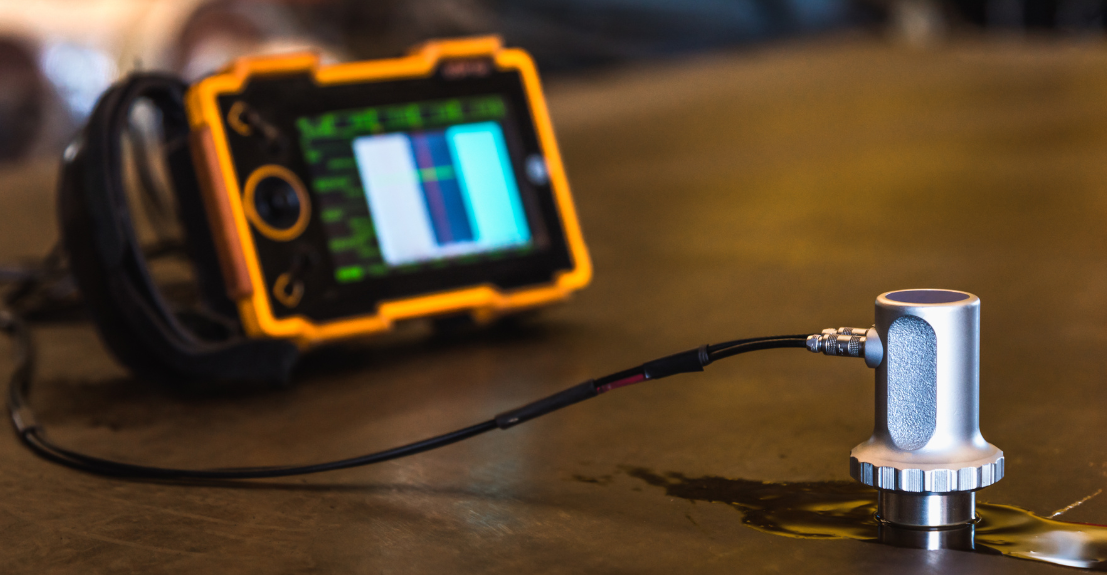
Ultrasonic Inspection
Advanced Testing for Internal Flaws
Ultrasonic Inspection (UT) is a highly effective Non-Destructive Testing (NDT) method that uses ultra-high frequency sound waves to detect sub-surface flaws, measure material thickness, and analyze structural integrity. The process works by transmitting ultrasonic waves through a material and measuring the reflected signals to identify cracks, voids, and inconsistencies.
How It Works
Deep Penetration for Reliable Inspections
- A transducer generates high-frequency ultrasonic energy and transmits it through the test material.
- The waves reflect off the opposite surface or any discontinuities (e.g., cracks, voids, or inclusions) within the material.
- The returning signals are captured and displayed on an oscilloscope, allowing skilled technicians to analyze the data.
- The time delay and signal strength indicate the location, size, and orientation of defects.
Immersion Ultrasonic Testing
Greater Sensitivity for Small Defects
For smaller discontinuities (less than 1mm), immersion ultrasonic testing provides enhanced sensitivity. In this method, both the test specimen and transducer are immersed in water, which acts as a sound transmission medium. This technique allows for detailed defect detection, though it requires skilled interpretation due to additional signal echoes from the water medium.
Versatility & Common Applications
Ultrasonic inspection is widely used across industries and is particularly valuable for:
- dummyWeld quality verification in containment vessels
- dummyStructural integrity assessment in aircraft wings and tail attachments
- dummyThickness measurement in pipelines and pressure vessels
- dummyMaterial analysis in manufacturing and infrastructure
Advantages of Ultrasonic Inspection
- dummyDetects both surface and sub-surface flaws with high sensitivity
- dummyCan measure both thickness and flaw depth in a single test
- dummySuperior depth penetration compared to other NDT methodsInstant results – no waiting for film processing as in Radiography
- dummySafe & environmentally friendly – No radiation exposure risks
- dummyRegulatory compliance – Meets industry standards for safety and reliability
- dummyOnly requires access to one side of the material for testing
Limitations & Considerations
- dummySurface Conditions – The material must allow ultrasound transmission
- dummyTechnician Expertise – Requires skilled operators for accurate interpretation
- dummyFlaw Orientation Sensitivity – Defects parallel to the beam may go undetected
- dummyCoupling Medium Needed – Requires gel or liquid coupling agents for sound transmission
- dummyDifficulties with Certain Materials – Rough, irregular, or coarse-grained materials (like cast iron) can be challenging to inspect due to poor sound transmission and high
- dummyCalibration Required – Reference standards are necessary for equipment accuracy and defect characterization
Your Trusted Partner for Ultrasonic Testing
With both contact and immersion ultrasonic methods available, we provide comprehensive, high-precision inspections tailored to your specific industry requirements. Whether you need weld verification, material thickness measurement, or defect detection, our skilled technicians ensure accurate and reliable results.
Contact us today to learn more about our ultrasonic inspection services!
Email Us | Call Us @ 519-575-0494


